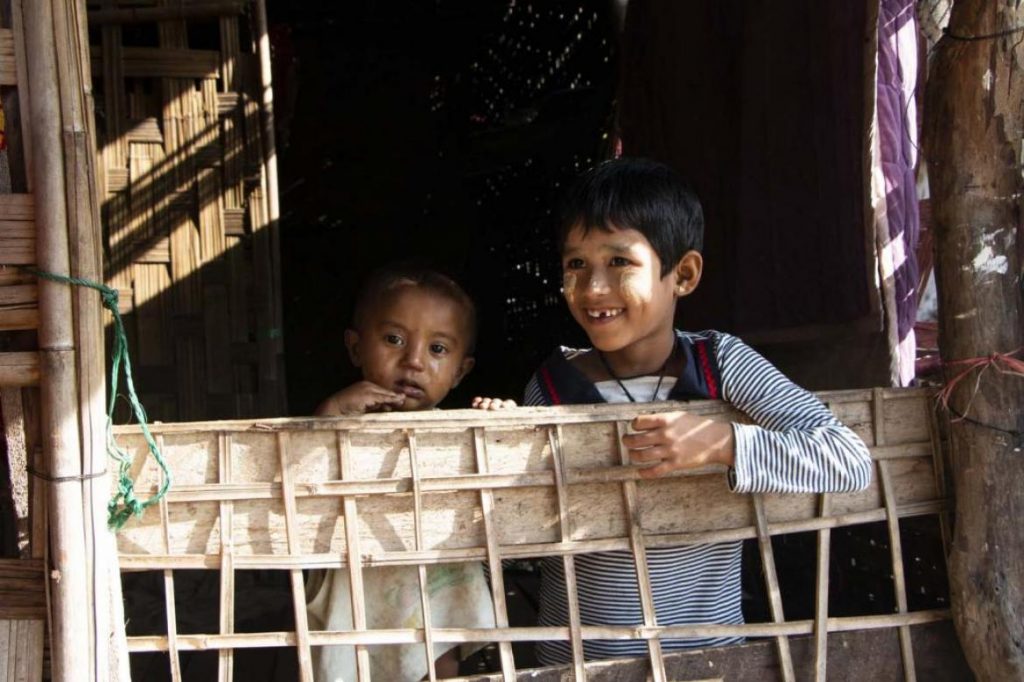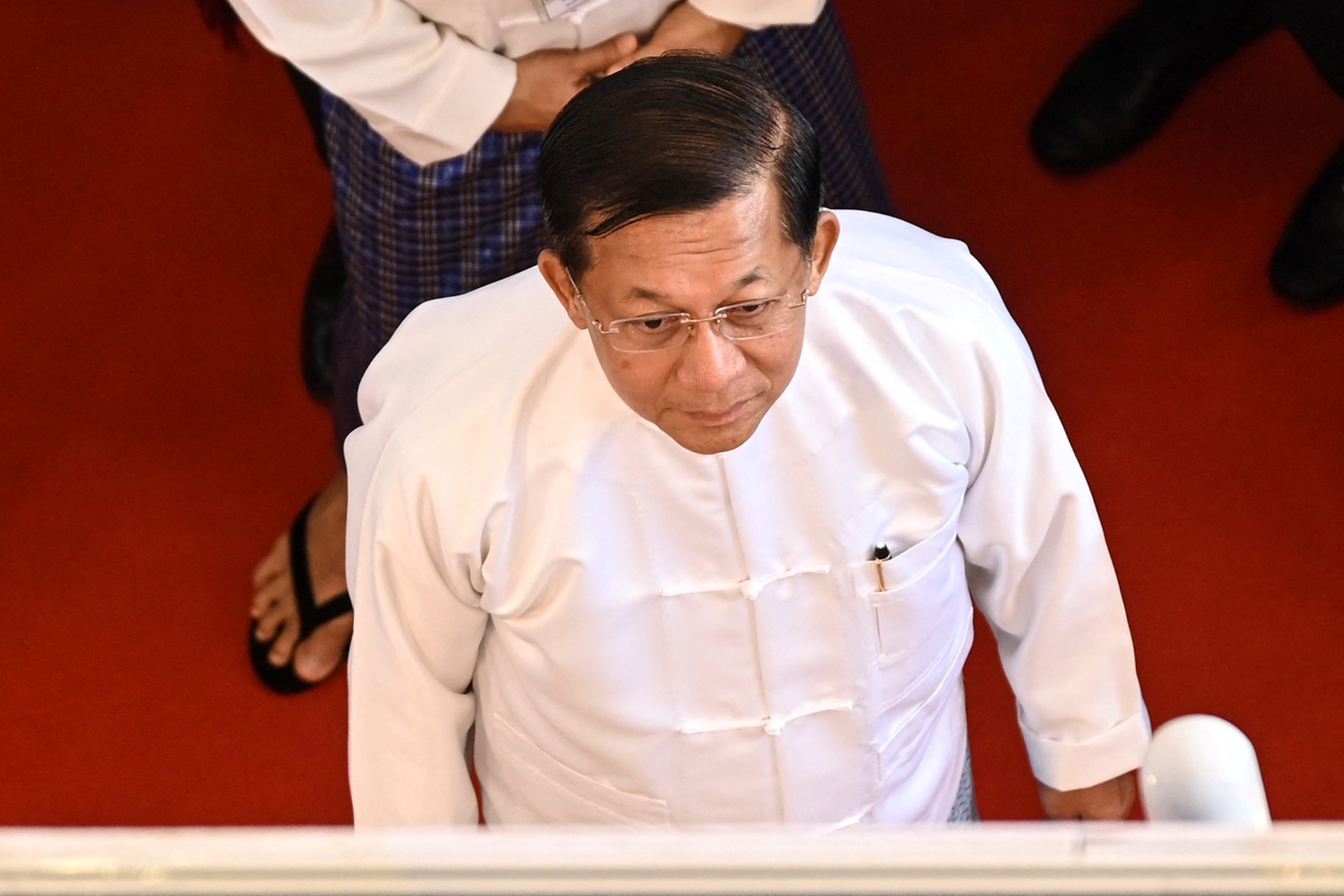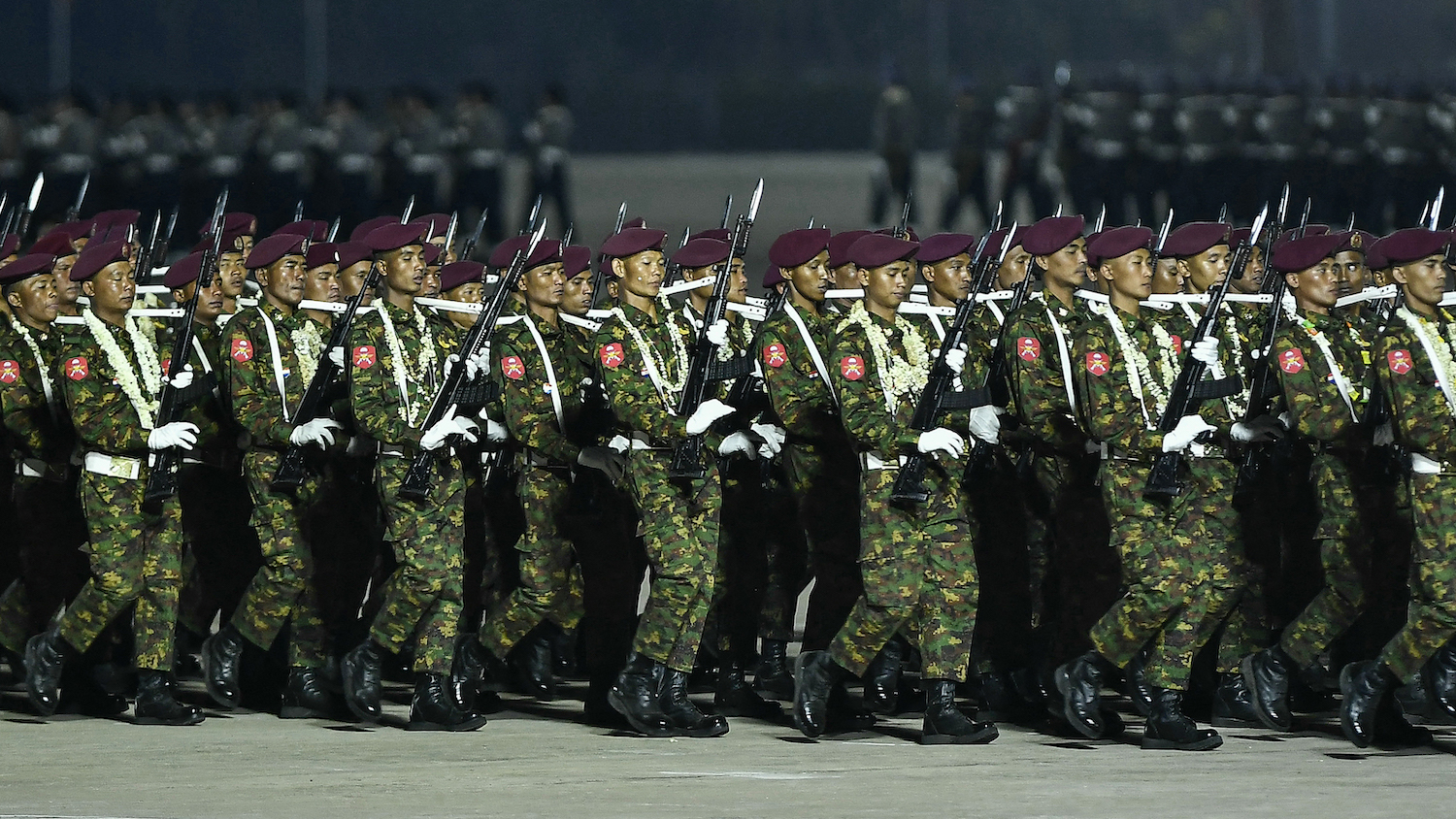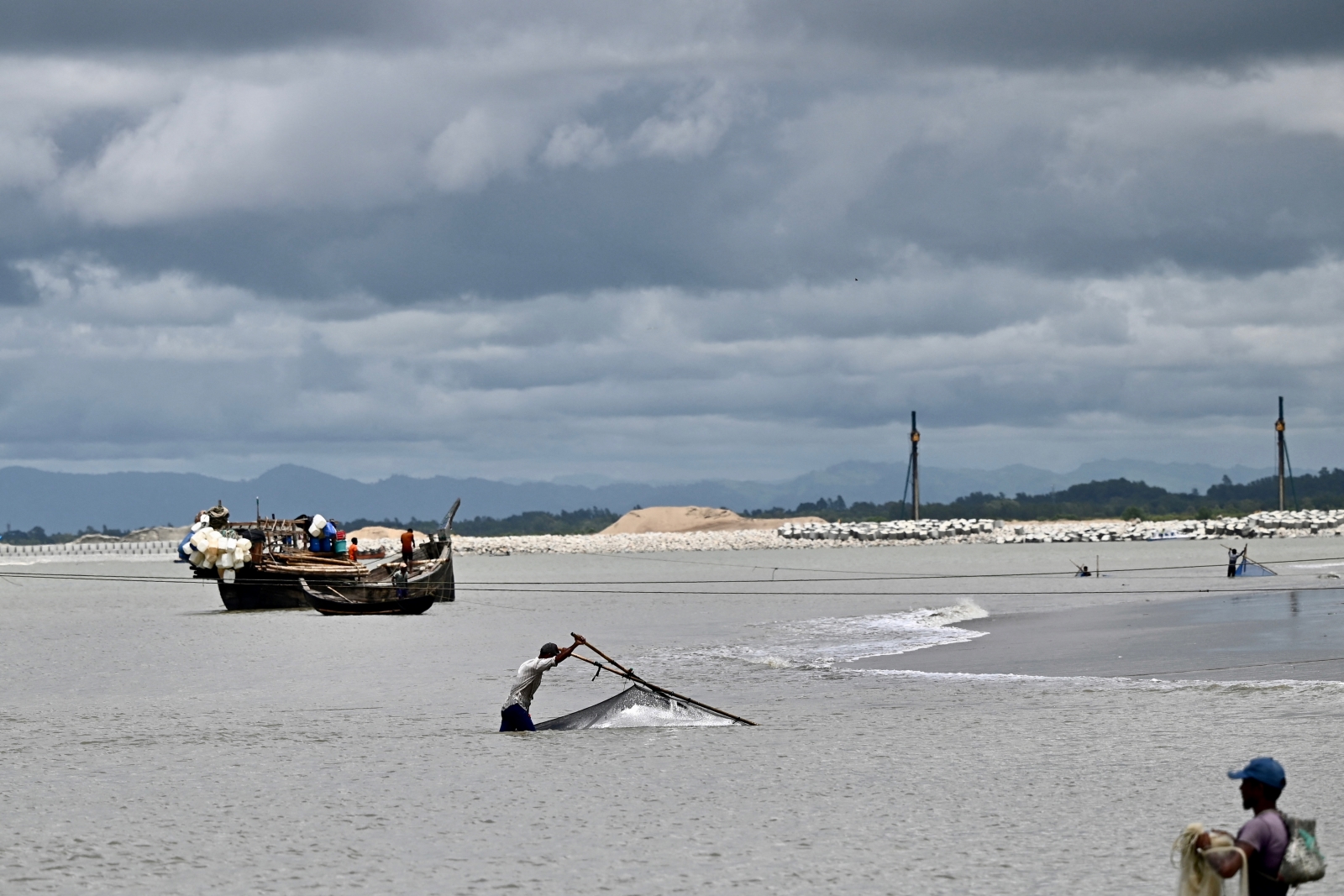By AFP
YANGON — Hundreds of thousands of people displaced by conflict in Myanmar face a health “catastrophe” from the coronavirus pandemic, a rights group warned, as international calls grow for an end to fighting.
Overcrowded camps with an estimated 350,000 people were “COVID-19 tinderboxes”, Human Rights Watch said.
Myanmar has 20 confirmed infections and one death, but experts say the lack of testing and poor health infrastructure mean the true figure is likely far higher in the impoverished country, long wracked by ethnic and religious violence.
Eighteen ambassadors to Myanmar, including from the United States, Britain and European Union, issued a joint statement Wednesday saying they were “deeply concerned”, and called for an end to fighting in the country.
Support independent journalism in Myanmar. Sign up to be a Frontier member.
The focus must be on “protecting the most vulnerable communities from the devastating impacts of COVID-19”, they said.
Myanmar’s decrepit health system would struggle to cope with a serious outbreak of the deadly virus, HRW said Monday.
But displaced communities in Rakhine, Kachin, Shan, Chin and Kayin states were even more vulnerable while internet blackouts and clampdowns on media freedoms in some areas have left people particularly isolated.
“The authorities need to ensure these groups have access to information, humanitarian aid, and health services, including prompt testing and isolation for those who show symptoms,” said HRW Asia director Mr Brad Adams.
Myanmar’s military has long been locked in battles with various insurgent groups across the country.
A conflict in Rakhine state involving the Arakan Army, which is fighting for greater autonomy for ethnic Rakhine Buddhists, has left scores of civilians dead and hundreds wounded.
Some 150,000 people have been displaced by the violence since January last year.
The situation is even more dire for Rakhine state’s Rohingya Muslim population, who are among those with the worst health-care access.
Nearly 130,000 have languished in camps since intercommunal violence in 2012, with virtually no freedom of movement.
One man in a camp near state capital Sittwe told AFP they were doing what they could.
“We keep our children indoors,” he said, asking not to be named. “We’re afraid of the virus.”







